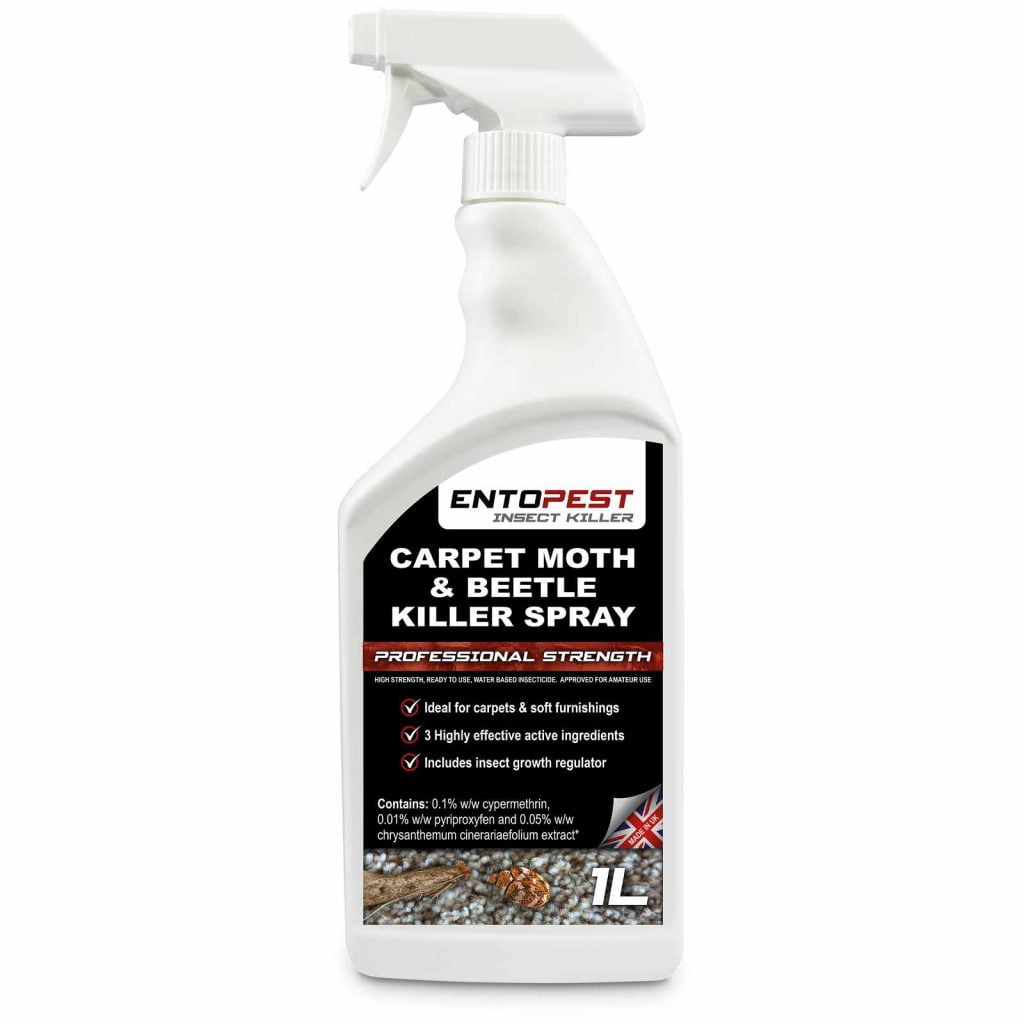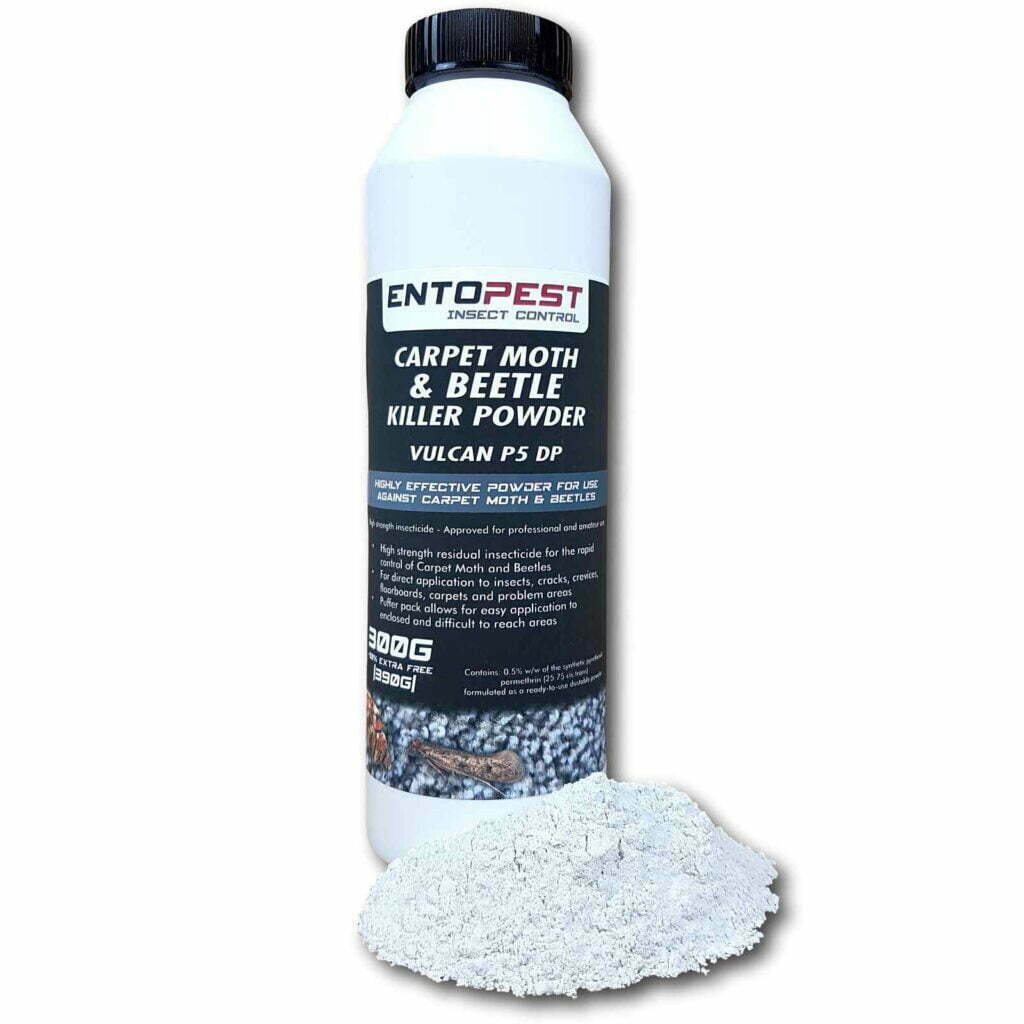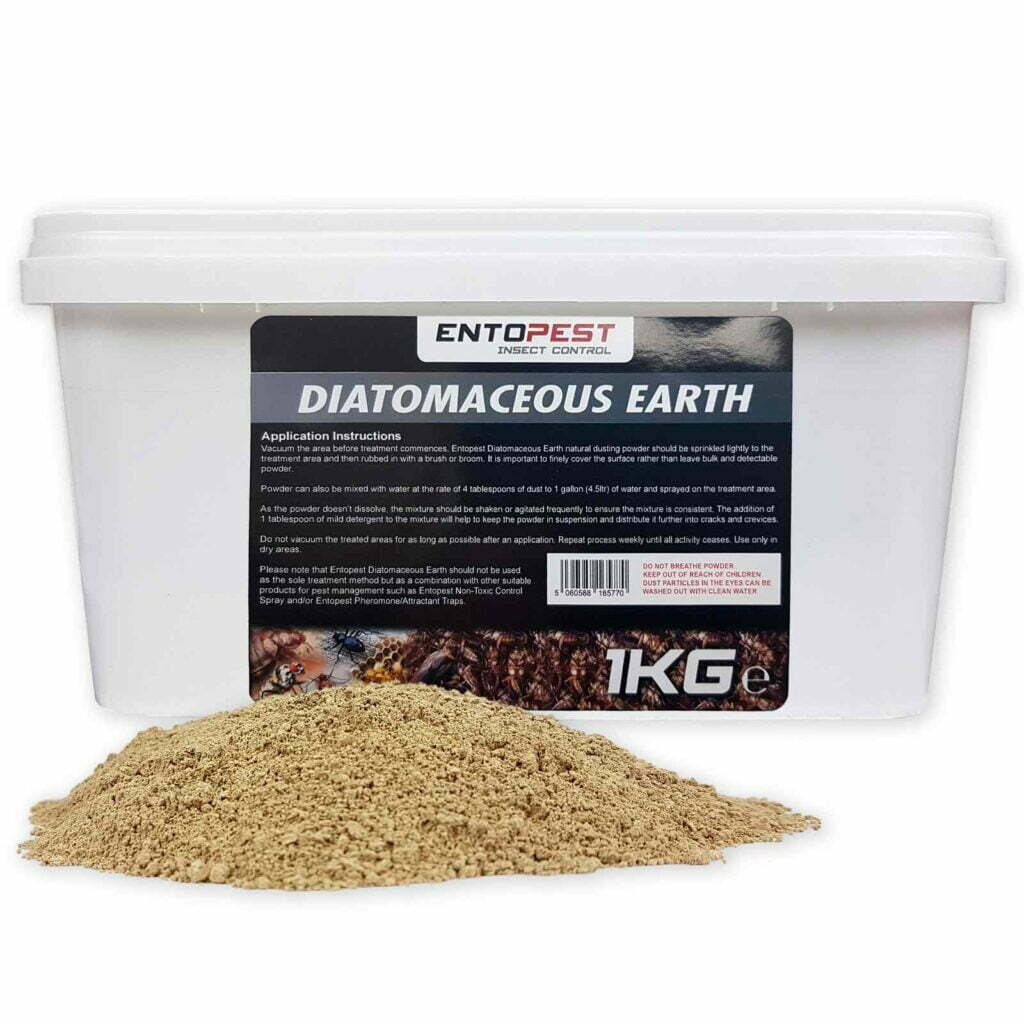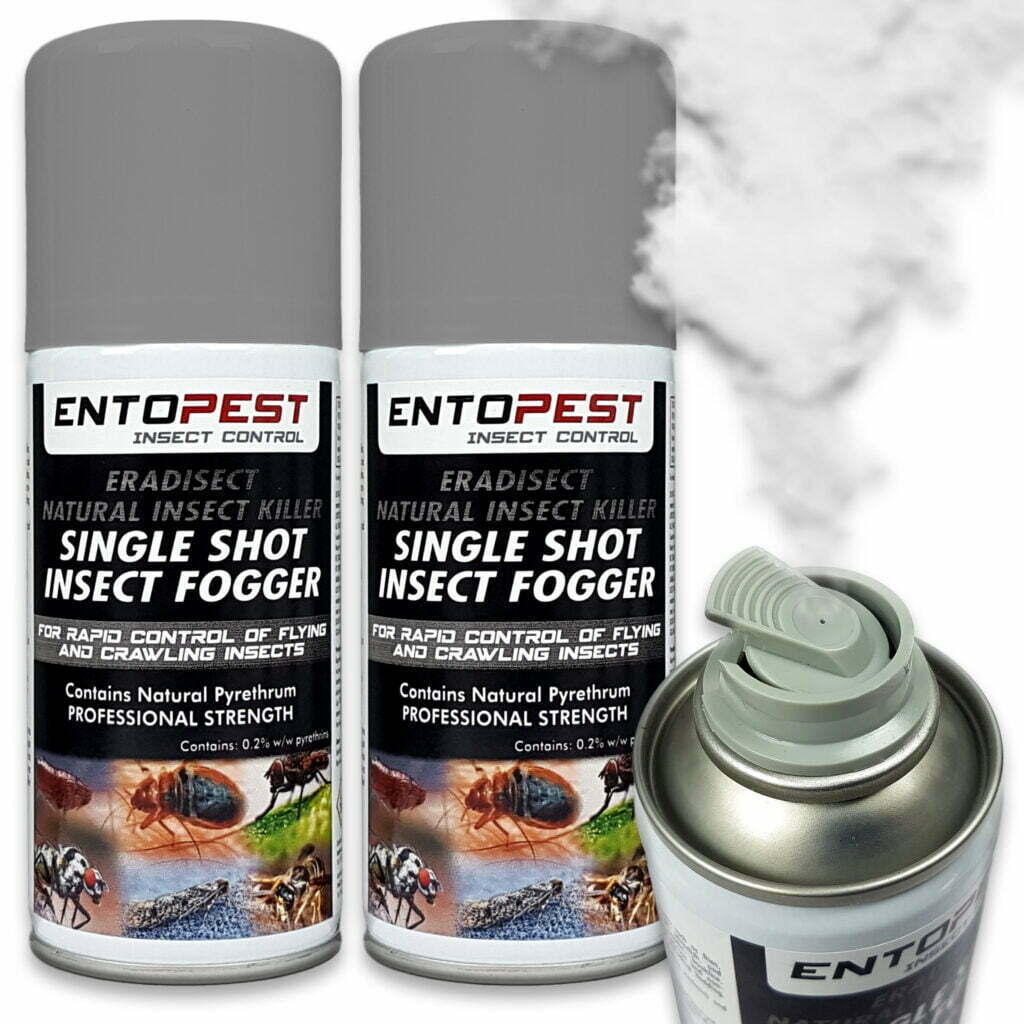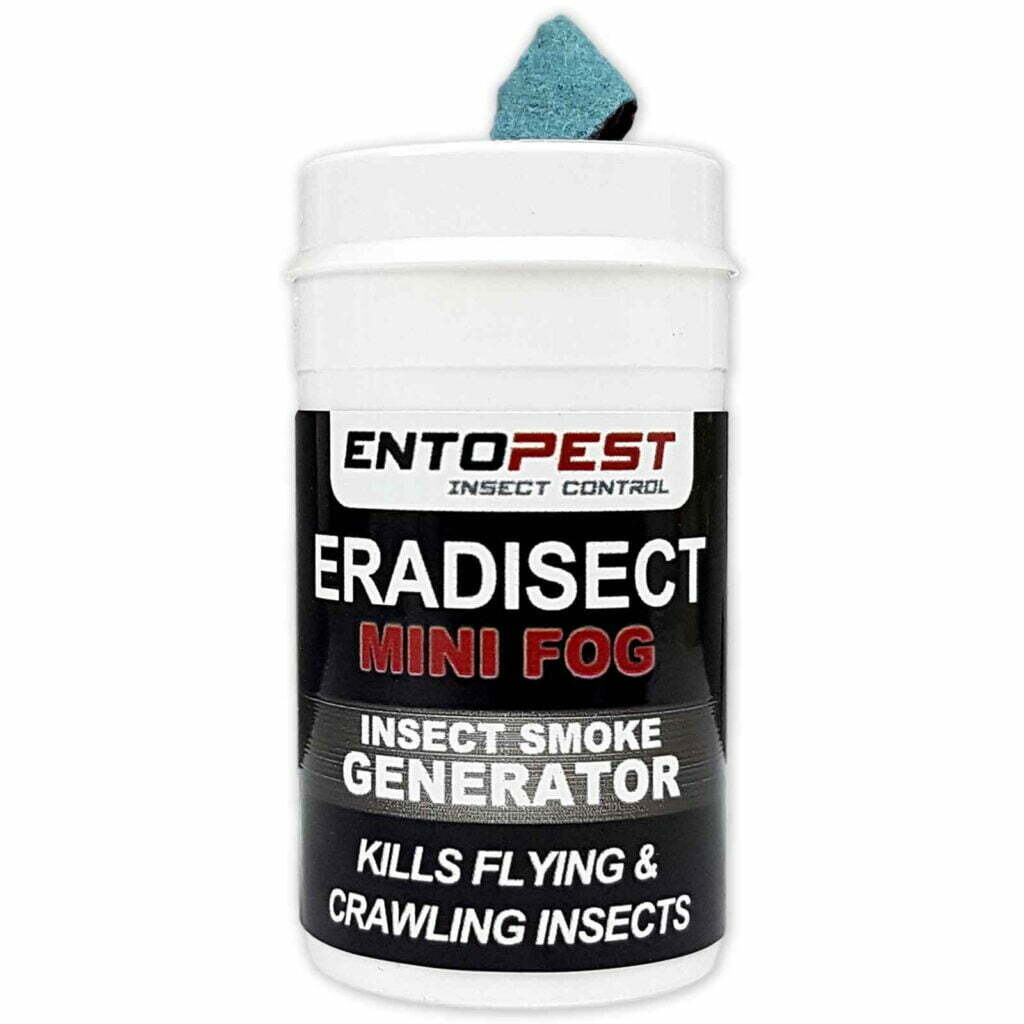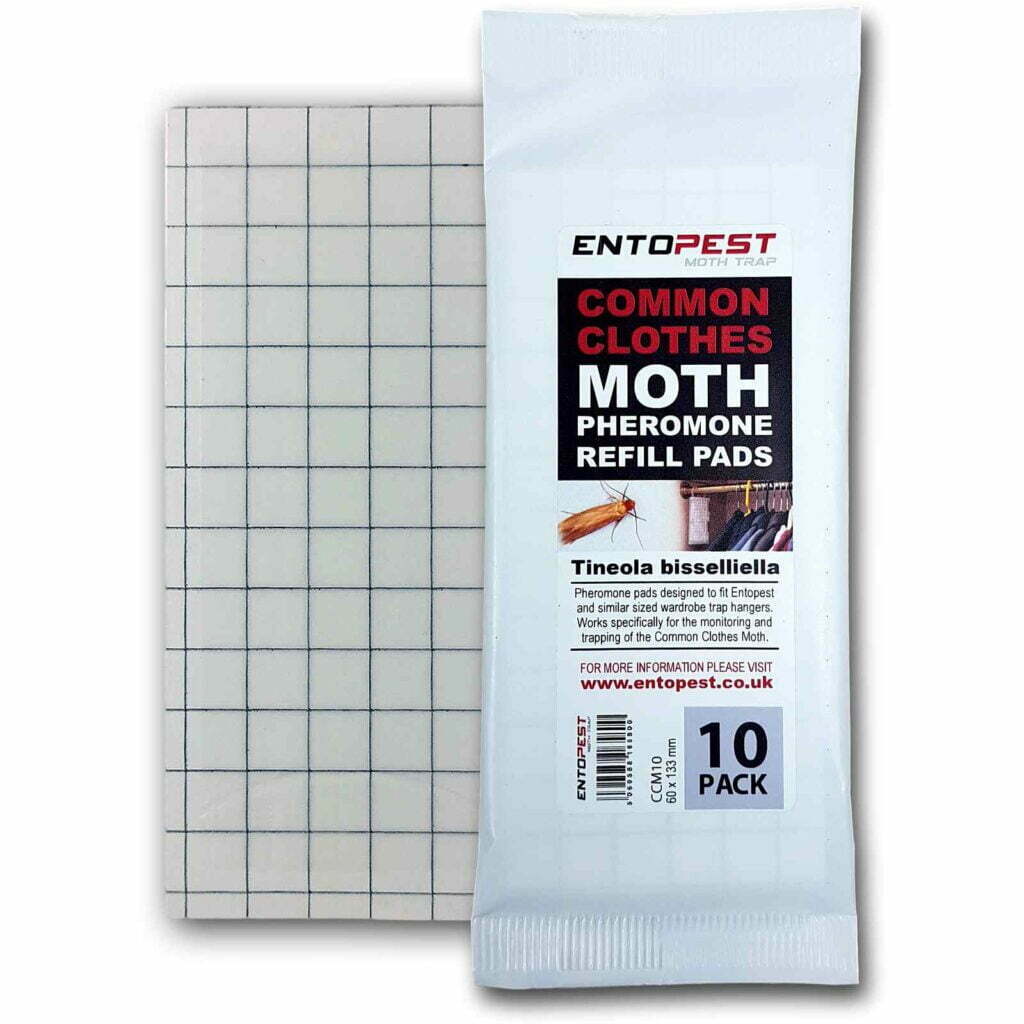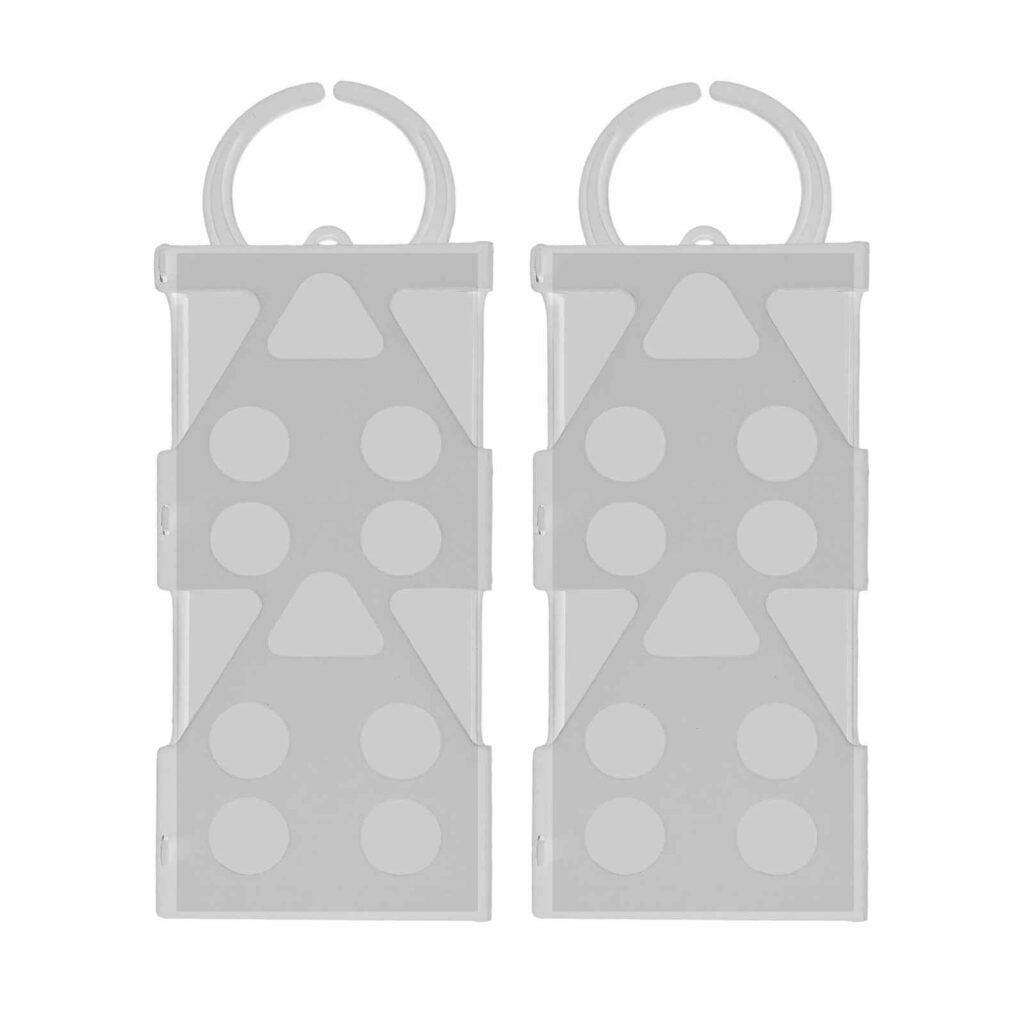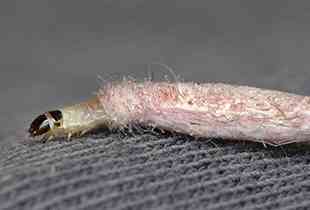 Case-bearing clothes moth (Tinea pellionella), also commonly known as carpet moth, is a variant of clothes moth that can often be found inside homes with their larvae attacking fabrics, including clothes and carpets. These moths are extensively located throughout the UK. The moth is a direct cousin of the common clothes moth and can easily be identified by the dots on the rear of the wings and the cases that the larvae use to travel around; these rice-sized pods or cocoons are often left around the area of infestation as they develop from larvae into adult moths.
Case-bearing clothes moth (Tinea pellionella), also commonly known as carpet moth, is a variant of clothes moth that can often be found inside homes with their larvae attacking fabrics, including clothes and carpets. These moths are extensively located throughout the UK. The moth is a direct cousin of the common clothes moth and can easily be identified by the dots on the rear of the wings and the cases that the larvae use to travel around; these rice-sized pods or cocoons are often left around the area of infestation as they develop from larvae into adult moths.
Treatment of case-bearing clothes moth is generally straightforward; however, they are well documented and known to have eco-systems that can often go undetected for several years. For this reason, they can be hard to control, and treatments that may initially seem successful will result in the moths re-emerging often long after the treatment. Therefore, inspections of areas such as under carpets are highly recommended.
We do not manufacture a specific pheromone for this moth; however, as this is a direct cousin of the Common Clothes Moth, the CCM pheromone will work but to a lesser degree, often with mixed results depending on the size of the infestation. We recommend that any CCM pheromone used should be undertaken initially as a test, as we cannot guarantee it’s success on case-bearing clothes moth.
Treatments for case-bearing clothes moth should be undertaken directly at the source of the infestation, paying particular attention to dark areas such as under furniture as they are often found in these areas. For best long-term results removing carpets will identify possible activity. In addition, the preventive application of a non-toxic powder such as diatomaceous earth under these areas will significantly help treatment and long-term prevention.


